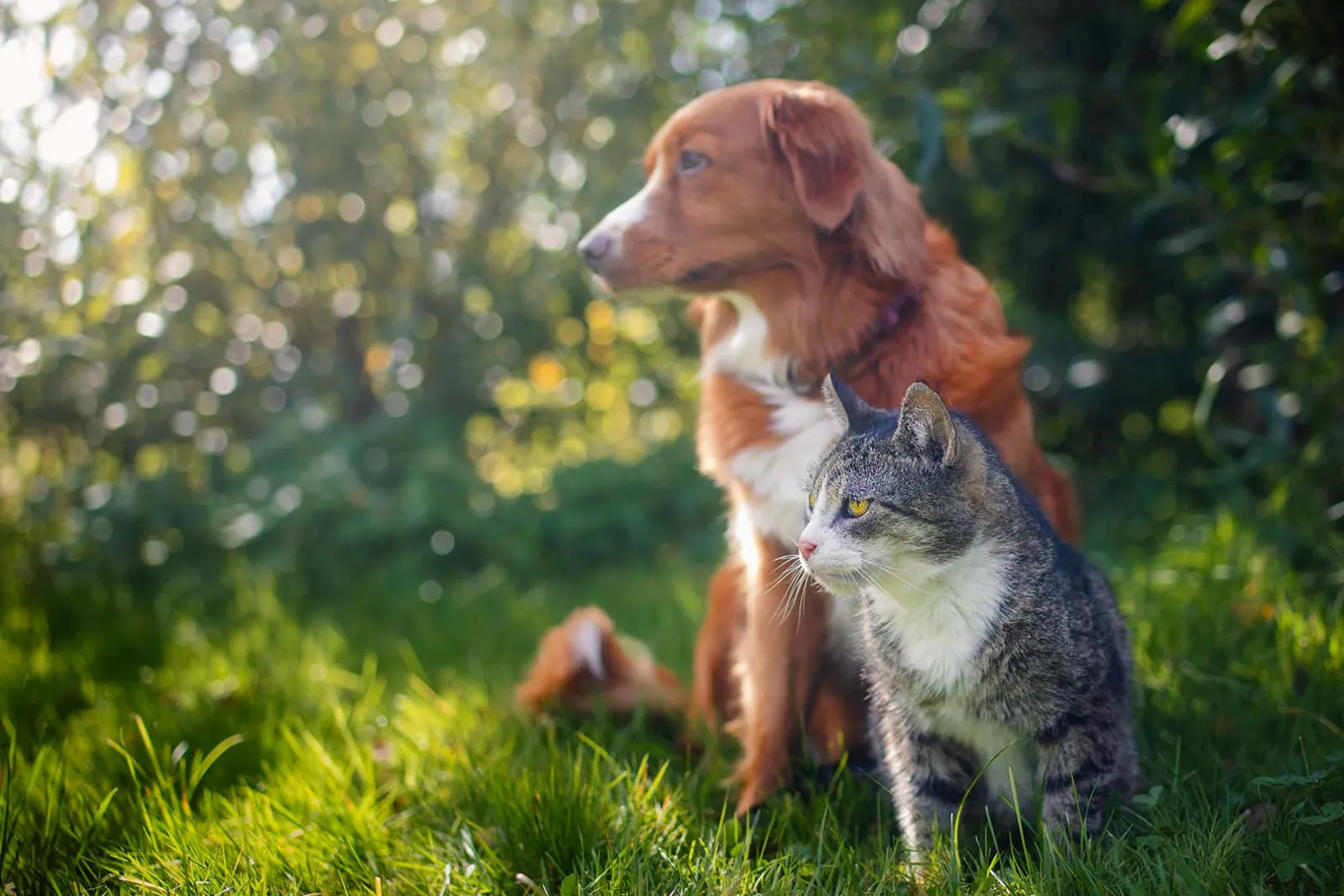How to Know If a Dog and Cat Will Get Along
When introducing a dog and cat into the same household, pet owners often face challenges. Ensuring that these two different species can coexist peacefully requires understanding their behaviors and needs. This blog will explore key aspects like resource guarding, establishing boundaries, and constant supervision to help you determine if your dog and cat will get along.

It's important to remember that every animal is unique, and their ability to get along depends on their individual personalities and past experiences. Dogs and cats have different communication styles, and misunderstandings can easily occur. However, with patience and careful planning, a harmonious relationship between a dog and a cat is possible.
Assessing Individual Temperaments
Before bringing a new pet into your home, consider both animals' personalities. Some dogs have a high prey drive, meaning they might see a cat as something to chase. Conversely, some cats may be overly fearful or aggressive towards dogs. Knowing your pets' temperaments is the first step in predicting their compatibility.
Introducing Slowly and Carefully
The introduction process should be gradual. Begin by allowing them to sniff each other's bedding or toys to become accustomed to the other's scent without a direct encounter. This can help reduce initial anxiety or aggression.
The First Meeting. When it's time for the first face-to-face meeting, ensure it's in a controlled environment. Keep the dog on a leash and allow the cat to approach at its own pace. Watch closely for any signs of aggression or fear. If either pet shows excessive stress, separate them and try again later.
Constant Supervision is Key. During the initial interactions, constant supervision is crucial. Never leave them alone until you are confident they can be trusted together. Supervision helps you intervene if things become too intense, preventing any negative experiences that could set back their relationship.
Understanding Resource Guarding
Resource guarding can be a significant issue when introducing a dog and cat. Both animals may feel the need to protect their food, toys, or sleeping areas. To mitigate this, feed them in separate areas and provide individual toys and beds. Gradually, they will learn that there is enough for both, reducing the urge to guard their resources.
Establishing Boundaries
- Establishing boundaries is essential for maintaining harmony. Dogs should be taught basic commands like "leave it" or "stay" to manage their interactions with the cat. Similarly, the cat should have access to high places or separate rooms where it can retreat and feel safe.
- Creating Safe Spaces. Cats, in particular, need vertical spaces or quiet areas where they can escape if they feel threatened. Dog gates or baby gates can be useful tools to provide the cat with a dog-free zone. This helps the cat feel secure and reduces stress, making the overall adjustment period smoother.
- Monitoring Prey Drive. Dogs with a high prey drive may have a harder time adjusting to a cat. They might be tempted to chase, which can frighten the cat and create a hostile environment. Training the dog to focus on you instead of the cat and providing ample exercise can help curb this instinct.
- Positive Reinforcement. Rewarding both pets for calm behavior around each other is an effective way to foster a positive relationship. Treats, praise, and petting can reinforce that good things happen when they are together and calm. This technique helps build a foundation of trust and companionship.
When to Seek Professional Help
If, despite your best efforts, the dog and cat continue to show signs of aggression or severe stress, consider seeking help from a professional animal behaviorist. They can provide personalized strategies and training plans to improve the relationship between your pets.
Ongoing Maintenance
Even after your dog and cat have adjusted to each other, ongoing maintenance is necessary. Regularly monitor their interactions and ensure that each pet's needs are met. This includes maintaining separate feeding areas, providing individual attention, and keeping their environment enriched and stimulating.
Introducing a dog and cat can be a rewarding experience when done correctly. By understanding the importance of resource guarding, establishing boundaries, and constant supervision, you can create a harmonious home for both pets. For more tips on pet care and behavior, visit Forever Vets to schedule an appointment with one of our experienced veterinarians.


